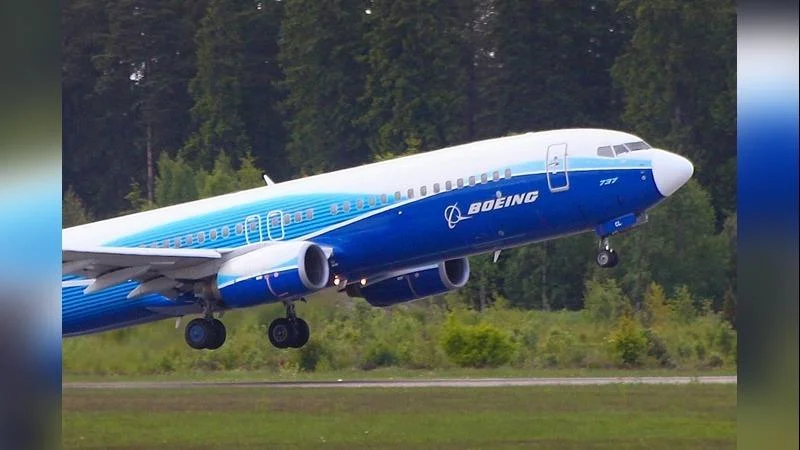The decision to acquire former Alaska Airlines jets follows Alaska's shift toward an all-Boeing narrowbody fleet. According to Airways Magazine, Alaska completed its transition to the Boeing 737 MAX family in 2023 after retiring its last A320s. This created an opportunity for other carriers like Air Canada to obtain relatively young aircraft that fit well within their existing operations.
Because these A320s share cockpit commonality and parts compatibility with Air Canada's current Airbus fleet, integration costs have been minimal. Cabin refurbishments were carried out upon arrival, including seat reupholstery in Air Canada's colors, updated lighting, new signage, and installation of universal power outlets at every seat. "Retrofits are completed on average in 3-4 weeks per aircraft," according to updates shared by employees on Reddit.
Flight attendants report that cabin flow improvements match those found on newer Airbus models within the airline's fleet. Passengers benefit from updated interiors designed to provide a consistent onboard experience across all short-haul flights.
Leasing these second-hand jets allows Air Canada to avoid higher costs associated with new deliveries while keeping schedules intact during periods of strong demand or delays in receiving new planes from manufacturers. The arrangement also benefits leasing companies by enabling them to reposition mid-life assets efficiently between operators.
As Air Canada continues modernizing its fleet with newer models like the A220 and upcoming A321XLRs, these acquired A320s will likely serve as interim solutions before transitioning into backup or seasonal roles over time.
"Acquiring proven aircraft from a respected US operator offered both reliability and traceable maintenance records, key factors in any second-hand acquisition," states the press release.
This development highlights how airlines adapt their fleets through strategic acquisitions amid ongoing supply constraints for new commercial aircraft worldwide.
 Alerts Sign-up
Alerts Sign-up




































